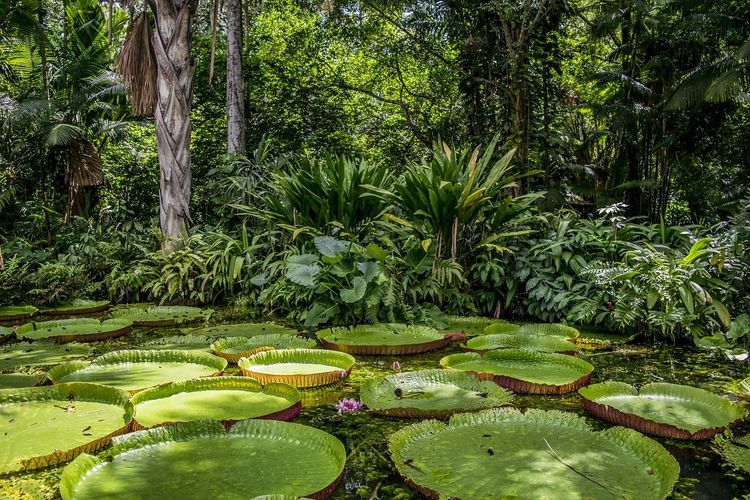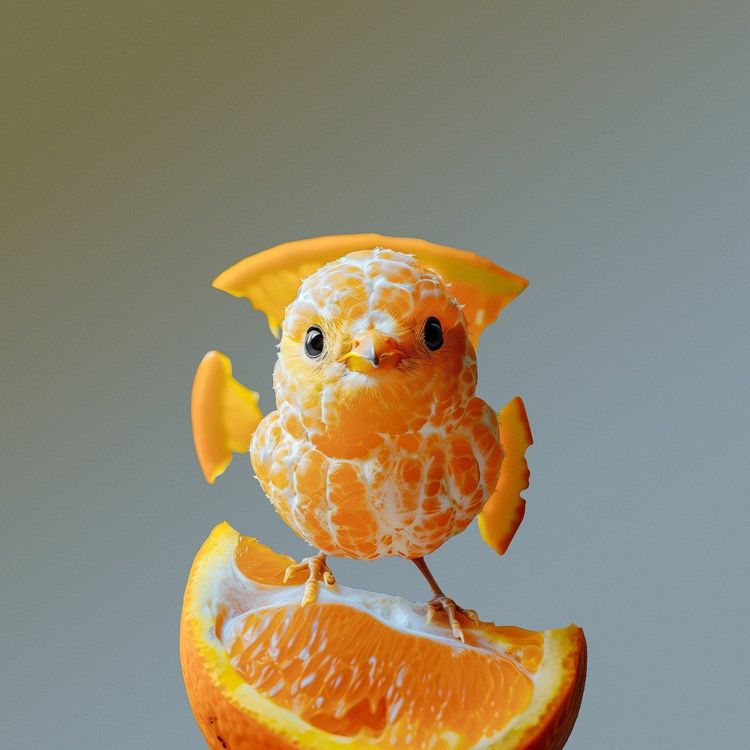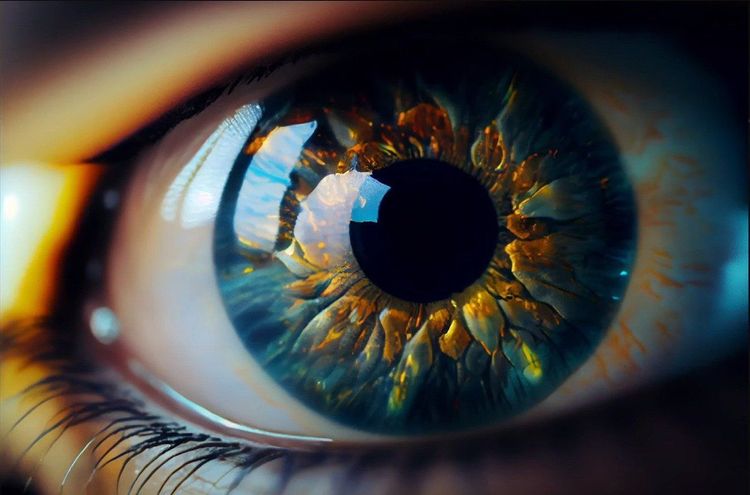USPTO: Harnessing AI for Enhanced Patent Protection While Valuing Human Expertise
Most people like

Grammarly - Elevate your writing skills and communicate with confidence using advanced AI writing assistance. Perfect for anyone looking to improve clarity and engagement in their writing!

Introducing a groundbreaking open-source AI model featuring an impressive 405 billion parameters. This advanced model is designed to push the boundaries of machine learning and artificial intelligence, offering researchers and developers unparalleled capabilities for their projects. Whether you're working on natural language processing, computer vision, or innovative AI solutions, this powerful resource is set to transform your approach and unlock new opportunities. Explore the future of AI with this state-of-the-art tool that enhances creativity and efficiency in myriad applications.

Transcope is a cutting-edge AI writing tool powered by GPT-4, designed to help you create high-quality, SEO-optimized content effortlessly. Unlock the potential of advanced writing technology to elevate your online presence with Transcope.

In today's rapidly evolving healthcare landscape, the intersection of medical image analysis and artificial intelligence (AI) is revolutionizing diagnostics and treatment plans. As a leader in this field, we are committed to enhancing patient outcomes through sophisticated imaging techniques and AI-driven insights. Our pioneering efforts are not just advancing technology but are also redefining the standards of care in medicine, making us a cornerstone in the quest for precision healthcare. Explore how our groundbreaking innovations are shaping the future of medical imaging and driving efficiency across healthcare systems.
Find AI tools in YBX



